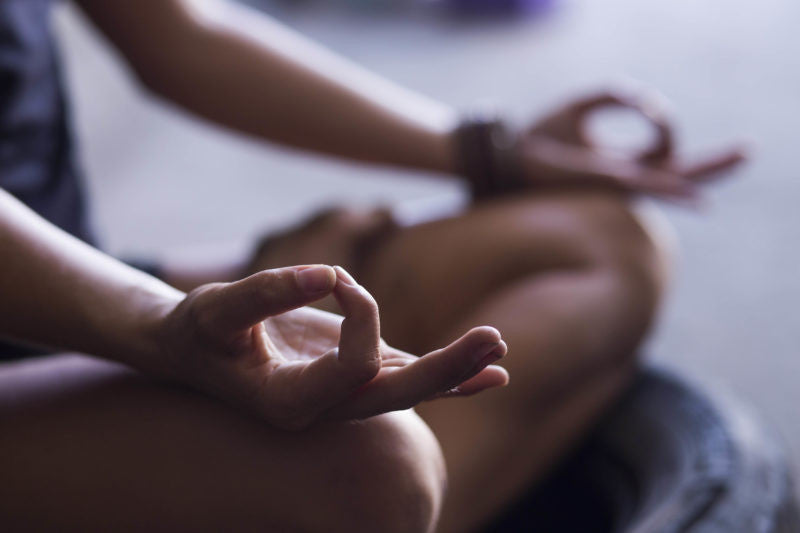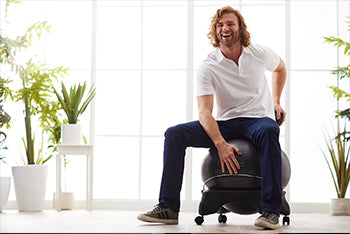About Guided Meditation

by E.C. LaMeaux
Meditation is an ancient and increasingly popular practice of mental concentration and relaxation. As the stress levels of our society become higher and higher, so does the number of people looking for a method to relieve that stress inexpensively and effectively. Guided meditation will do that, and provides direction and focus for both new and experienced practitioners.
What is guided meditation? Does Guided Meditation Work?
Guided meditation is a state of relaxed concentration invoked and led by another party. It can be a yoga instructor, a religious guide, a CD or even a recording of yourself playing back to you. The guide will instruct you to relax specific muscles in the body until they are comfortable, and will then lead you through mental images and visualizations, often of healing light or the dissipation of past wrongs. Guided meditation can be as short as a few minutes or as long as several hours. Either way, the purpose is to achieve mental, emotional and physical healing and stress relief.
Religious affiliations
While meditation carries an association with New Age or Eastern religious practice, it is actually an important part of many religions. Both the Torah and the Bible speak of meditating on the Scriptures, and the Eastern religions do focus on meditation as a method of reaching enlightenment. It is possible to use meditation to enhance your personal spirituality, but it is not necessary to have a religious background to enjoy the benefits of a meditation practice.
Benefits of a meditation practice
The main benefits of a meditation practice are stress relief and a calmer, more accepting outlook on life. According to Dr. Jon Kabat-Zinn, molecular biologist, professor, and researcher at the University of Massachusetts Medical School, those who practice meditation shift the levels of brain activity from the active, stress-housing right-frontal cortex to the more stable left-frontal cortex. Meditation will literally soothe the parts of the brain that keep you wanting to always go, go, go.
According to the University of New Hampshire's Office of Health Education, a regular meditation practice can result in lower blood pressure, decreased cravings for nicotine and alcohol, better concentration at work and in school and improved quality of relationships.
Benefits of guided meditation
Guided meditation is an excellent starting point for beginners. A meditation practice involves focusing the mind on the present moment and self-awareness, both of which can be difficult for someone used to letting the mind wander. Our society is a hurried and goal-oriented one, so taking time to simply be in the moment — not actively doing something or solving some problem — can seem impossible. Meditating with a guide will provide direction. You can follow the voice and instructions of the guide, which provides a distraction from other intruding thoughts.
What does guided meditation involve?
Not every guided mediation is created equal, but there are common characteristics in almost all sessions or recordings. Firstly, the guide will help you relax by deepening your breathing and releasing tension in specific muscle groups. There may be a grounding moment, where the guide asks you to visualize your bones and feet growing roots into the ground. You will be asked to be in the present moment by actively listening to your breath or heartbeat. The guide may have you visualize a healing light filling your body and dispelling any illness or negative energy.
The more intense guided meditations may even have you visualize sending healing light to those who have harmed you in the past. The guide will slowly have you refocus on your breathing, and have you wiggle your toes and fingers to bring you back.
Also in Blog

Body Peace & Personal Empowerment

Yoga for Swimmers: Poses for Strength and Mobility







